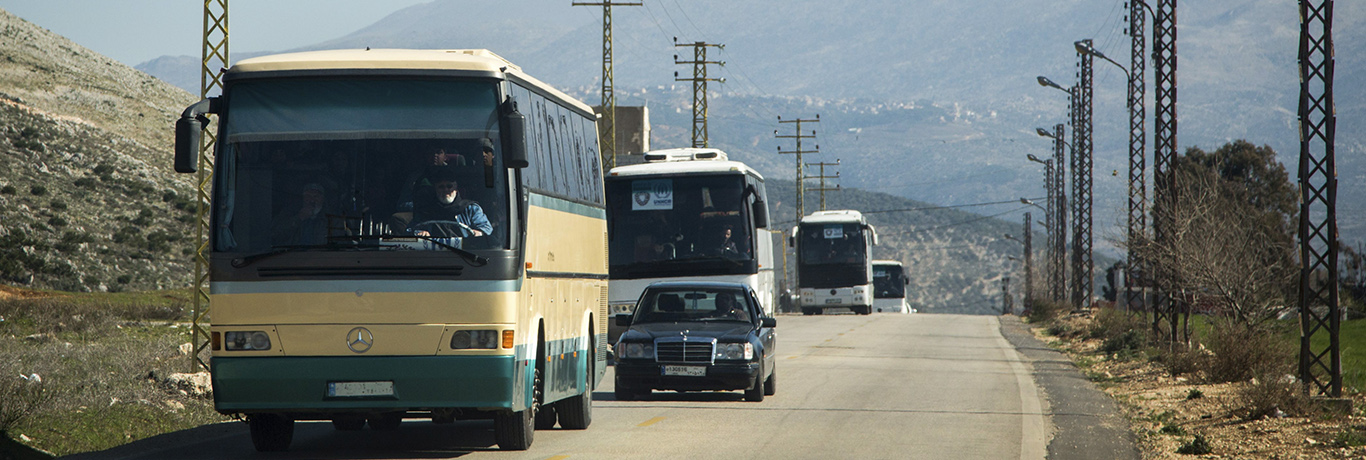Depending on the emergency context, UNHCR may be involved in the movement of persons of concern from border areas to a registration site further away. Movement support should be provided when the population does not have the means to access the registration location that has been set up for them, and/or where protection risks associated with traveling in insecure or militarized areas (e.g. passing check points) can be mitigated in this way. Whenever possible, UNHCR should work with partners on transportation, typically with the local authorities and/or IOM. Generally, persons of concern should be transported in buses. The destination location may be a transit centre, registration site or an existing refugee camp. Less often, transportation may be facilitated in urban and informal settlement contexts to help new arrivals reach a registration location. In parallel with organizing transportation, an information campaign should be conducted to share critical information on this activity, including:
The Identity Management and Registration Officer may have a complex coordination role with regards to the movement of people towards a registration site. He or she must ensure all the parties – refugees, government authorities, colleagues and partners, are kept informed at each step so that the movement goes as smoothly as possible. Coordination tasks may include:



